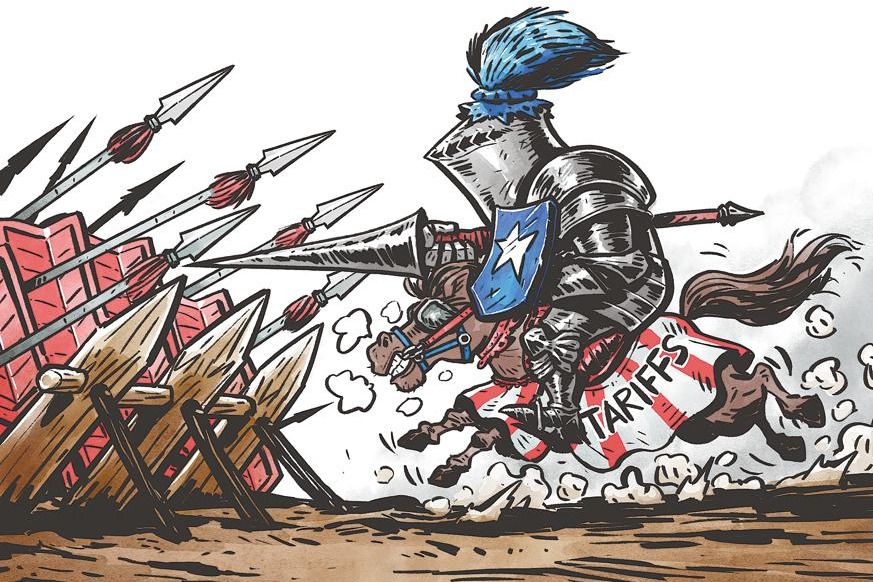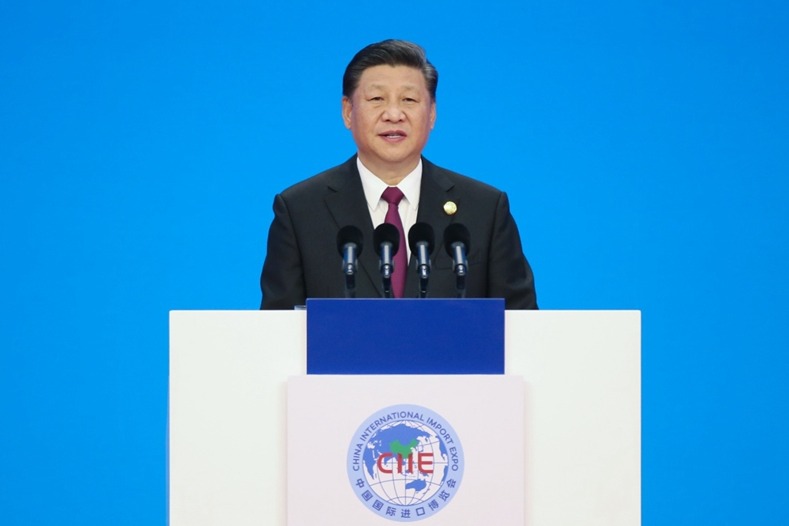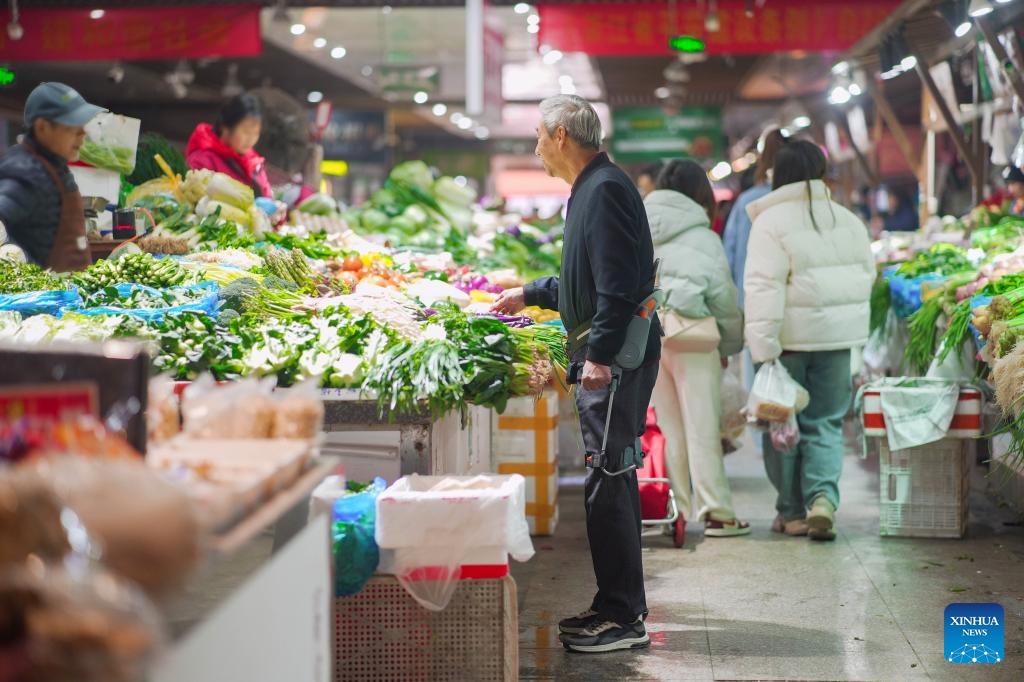Putting past glory on a podium
By Zhao Xu | China Daily | Updated: 2023-10-26 08:11

The ongoing continental sporting gala, that started with the 19th Asian Games and is currently continuing with the 4th Asian Para Games in the eastern Chinese city of Hangzhou, Zhejiang province, has highlighted not only the great feats of sporting prowess, but also the deep cultural roots of the host nation.
For instance, those working on the Archaeological Ruins of the Liangzhu City, located in the northwestern suburb of Hangzhou, have seen the same big round eyes that featured on the headwear of the Asian Games mascot Congcong staring at them for the past four decades from the many jade cong that have been discovered on the site and beyond.
Typically featuring a cylindrical tube encased in a square prism, cong is the type of ritual jade most representative of the Liangzhu civilization, which existed in the Yangtze River Delta region between 3300 BC and 2300 BC. Much of cong's significance lies with its engraved man-and-beast pattern, viewed today as the ultimate emblem of what the UNESCO World Heritage Convention called "an early state".
By incorporating something imbued with such historical and cultural meaning into icons associated with the international sporting event, the organizers are hoping that people will be intrigued enough to at least dip a toe into that history.
The material used for the making of cong and other types of Liangzhu jadeware was believed to have been found in the mountains that surrounded the ancient Liangzhu city on three sides (north, west and south). And they arrived at the various workshops located inside the city through the area's waterways, together with wood and stones, without which the city wouldn't have been built.
























